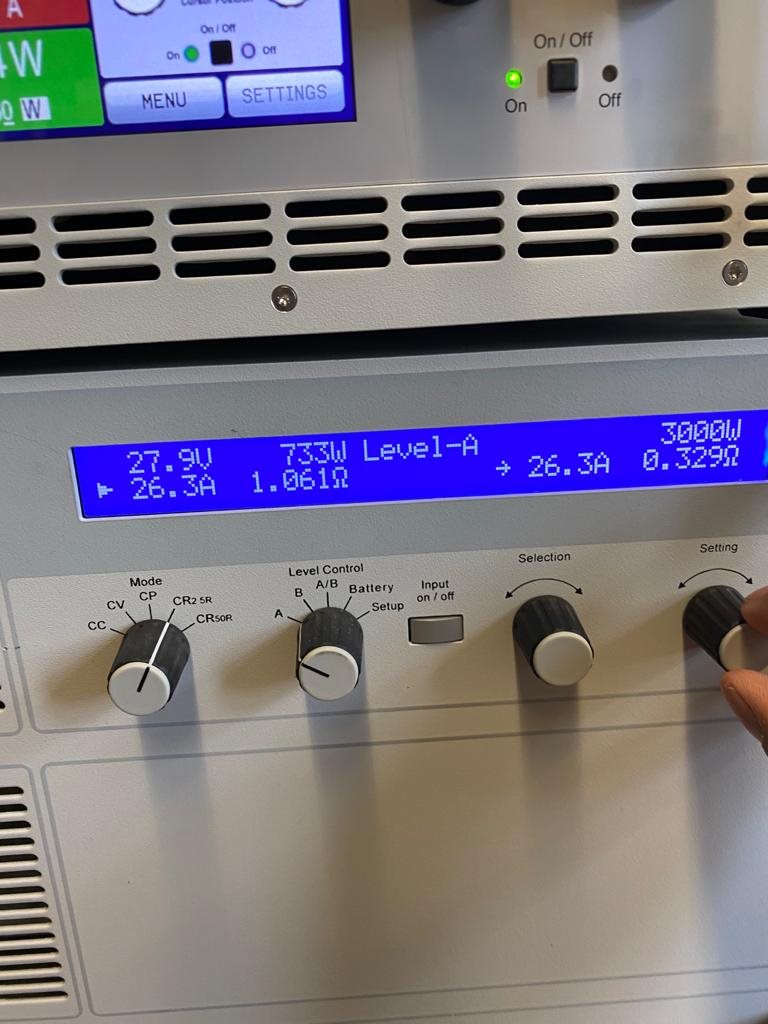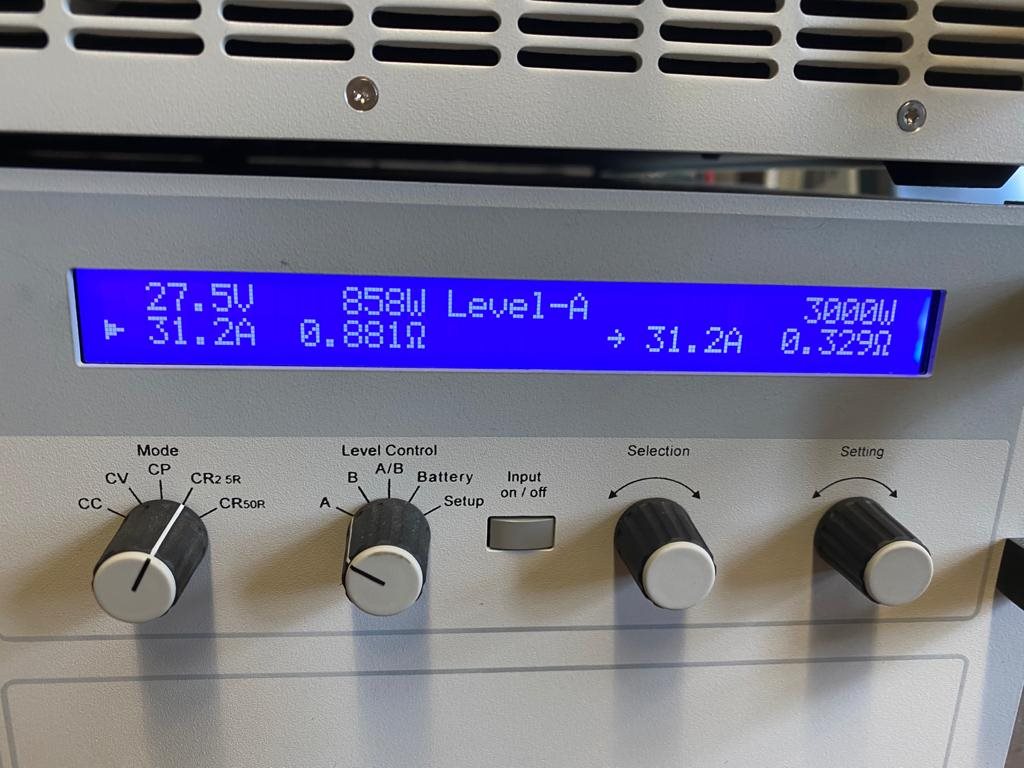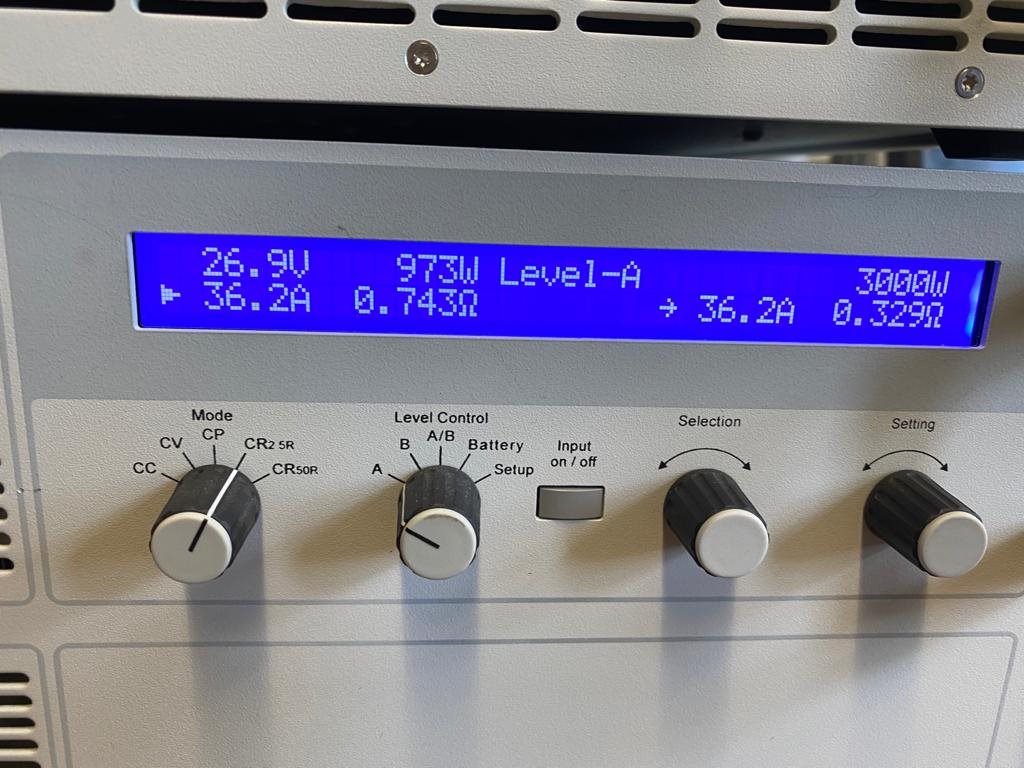Other Parts Discussed in Thread: TL431
Hello,
I am trying to design a feedback loop for UCC25600 for a Full bridge LLC Converter for a big automotive customer. My Converter output is 28V, 110A. . My feedback loop looks like this:
Problem is the controller regulates the output voltage to 28V till 20% of full load afterward it try to sets voltage below 28V. How can I fix this issue?
I am not an expert of control loop design and would need help your feedback to tune my circuit. Is it possible to tune the circuit using simulations?
I have seen in the EVAL board you achieved the tuning using NETWORK Analyzer. Can you please let me know exactly what set of equipment you used to achieve the tuning? In that case It would be awesome to know what we would need to buy.
Regards,





